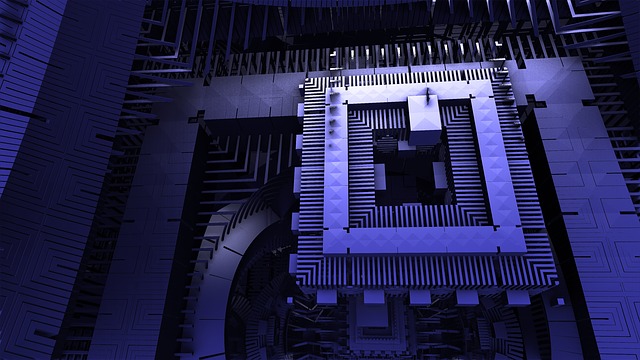One who rules them all. Physicists simplified the architecture of a photonic quantum computer
 Modern quantum computers are very complex devices that are difficult to build, difficult to scale and require extremely low temperatures to operate. For this reason, scientists have long been interested in optical quantum computers. Photons can easily transmit information, and a photonic quantum computer could work at room temperature. The problem, however, is that while you know how to handle individual Quantum logic gates for photons, but creating a large number of gates and connecting them in such a way that complex calculations can be made is a major challenge.
Modern quantum computers are very complex devices that are difficult to build, difficult to scale and require extremely low temperatures to operate. For this reason, scientists have long been interested in optical quantum computers. Photons can easily transmit information, and a photonic quantum computer could work at room temperature. The problem, however, is that while you know how to handle individual Quantum logic gates for photons, but creating a large number of gates and connecting them in such a way that complex calculations can be made is a major challenge.
However, an optical quantum computer could have a simpler architecture, argue researchers at Stanford University in Optics. They suggest a single atom with the help of a lasers to manipulate, which in turn - with the help of the phenomenon of quantum teleportation - changes the state of a photon. Such an atom can be reset and in several Quantum gates can be used so that there is no need to build different physical gates, which in turn will greatly simplify the architecture of a quantum computer.
Image source: Pixabay / Which
If you wanted to build such a quantum computer, you would have to use thousands of Quantum emission sources create, make them indistinguishable from one another and integrate them into a large photonic circuit. Meanwhile, our architecture uses a small number of fairly simple components, and the size of our machine doesn't grow with the size of the quantum program it runs, explains PhD student Ben Bartlett, lead author of a paper describing the work of Stanford physicists.
The novel architecture consists of two main components. The ring that stores the data is simply a loop out of it Fiberglass, in which photons circulate. It works like a memory chip, with each photon being one qubit represents. The researchers can manipulate the photon by directing it from the ring to the scattering unit. This consists of one optical cavitycontaining a single atom. The photon interacts with the atom and both are entangled. The photon then returns to the ring and the laser changes the state of the atom. Since it is entangled with the photon, a change in state of the atom also leads to a change in the state of the photon. If you measure the state of the atom, you can measure the state of the photons investigate. That way we only need 1 atomic qubit that we can use to manipulate all of the photonic qubits, adds Bartlett.
Since any quantum logic gate can be compiled into a series of operations on an atom, it would theoretically be possible to do any Quantum program to do this with just one atomic qubit. The operation of such a program would consist of a whole series of operations in which photons would interact with the atomic qubit.